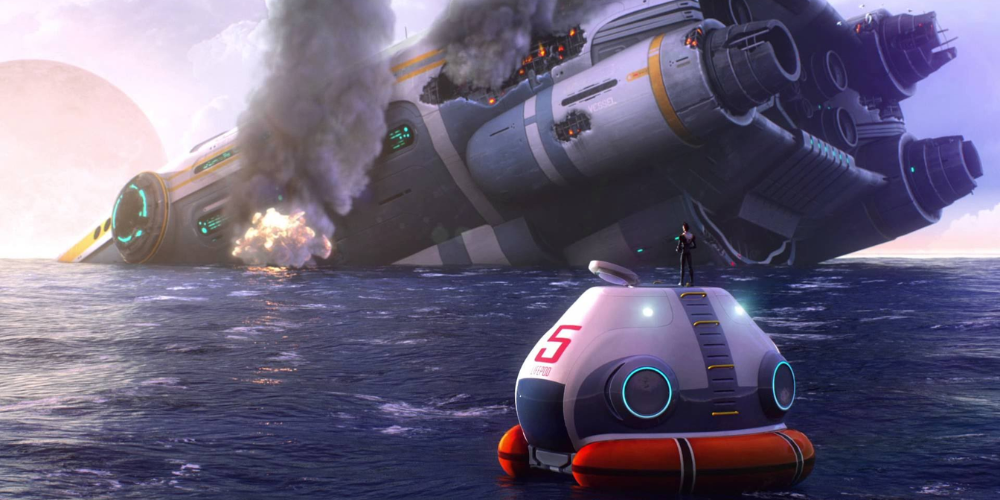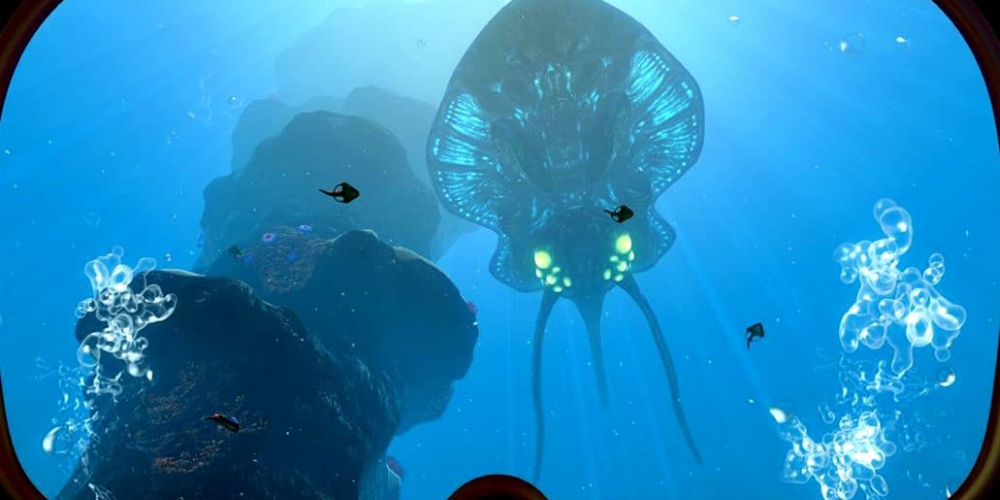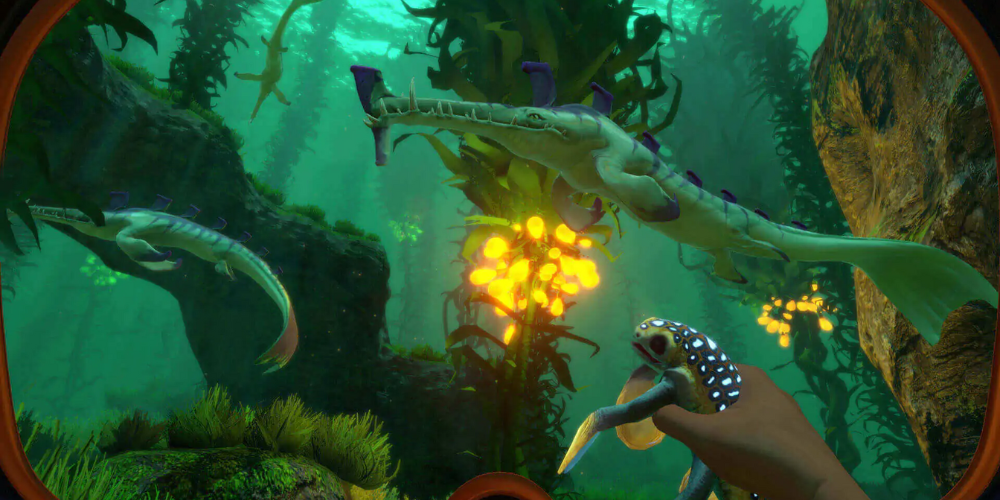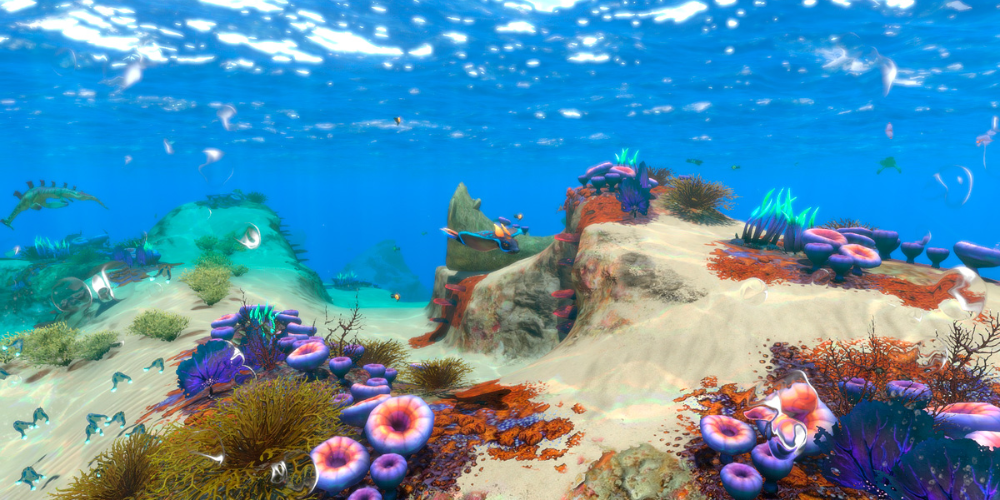Subnautica: Surviving and Thriving in an Alien Ocean

Set against the backdrop of an expansive and mysterious alien ocean, Subnautica drops players into an immersive world of survival, exploration, and adventure. Surviving in this alien underwater environment is no small feat. This combines elements of resource management, base building, and exploration, with a touch of lore that keeps players engaged for hours on end. This guide is designed to offer tips and strategies to not only survive in the perilous waters of Subnautica but also to thrive and uncover the hidden secrets of this aquatic planet.
Understanding the Basics of Survival
Survival in Subnautica begins with managing your basic needs: oxygen, food, water, and health. Finding a reliable source of fresh water and food is your first priority. Bladderfish and certain plant life offer water sources, while a variety of smaller fish can be caught for food. Cooking fish increases their nutritional value, but be wary of consuming them raw, as it can lead to health issues.
Oxygen Management
Oxygen is your most immediate concern upon entering the water. Initially, your oxygen supply will be limited, restricting how long you can explore underwater. Crafting an O2 tank and progressively upgrading it is critical for deeper exploration. Additionally, keep an eye out for brain coral and vehicles like the Seamoth, which can extend your reach into the depths.
Gathering Resources and Crafting

Resource gathering is at the heart of Subnautica. Materials scattered across the ocean floor are used for crafting tools, equipment, and base modules. Limestone outcrops, for example, are a primary source of titanium and copper, essential materials in the early game. As you progress, rarer resources require you to venture into more dangerous territories. Always have a plan before embarking on resource expeditions, keeping track of your location and surroundings.
Crafting Your First Tools
The Fabricator, located within your Lifepod, is your go-to device for crafting initial tools and equipment. Key early-game items include the Scanner for analyzing and obtaining blueprints and the Survival Knife for defense and resource gathering. Also, prioritize creating the Repair Tool to fix your Lifepod and other equipment.
Exploration and Mapping Your Surroundings
Exploration is a thrilling part of Subnautica, but venturing into the unknown can be perilous. Start by surveying the area around your Lifepod. Crafting a Compass is essential for navigation, helping you orient yourself in the vast ocean. Keeping a beacon or two in your inventory to mark points of interest, such as cave entrances or resource-rich areas, is also beneficial.
Encountering the Local Wildlife
Subnautica's alien ocean is teeming with life, from harmless herbivores to formidable predators. Learning to recognize the behaviors of these creatures is vital for your survival. Most important is knowing which creatures to avoid, how to distract predators (using decoys or strategic swimming), and understanding the ecosystem to exploit it to your advantage.
Base Building: Your Sanctuary Under the Sea

A key aspect of thriving in Subnautica is establishing a base, or several bases, to act as sanctuaries and storage points across the ocean. Initial bases need only the essentials: a power source (like solar panels), an oxygen generator, and storage containers. However, as you gather resources and blueprints, your base can be expanded into a true underwater home, complete with farming areas, vehicle docks, and research labs.
Choosing the Right Location
The location of your base is pivotal. While building close to your Lifepod offers convenience, exploring and setting up secondary bases nearer to resource-rich areas and points of interest can significantly reduce travel time and risk. Ideal locations are close to varying biomes, offering a range of resources, and have flat areas suitable for expansion.
Advancing Your Technology
As you delve deeper into Subnautica's waters, advancing your technology becomes imperative. This involves scanning fragments to unlock new blueprints, which in turn allows you to craft more sophisticated equipment and vehicles. Notable milestones include constructing the Seamoth for enhanced mobility, the Cyclops for mobile base capabilities, and the Prawn Suit for deep-sea resource harvesting.
Uncovering Alien Secrets

Beyond survival, Subnautica offers a rich narrative woven through alien artifacts and structures scattered around the ocean. Investigating these can not only provide insight into the planet's history but also unlock new technologies and challenges. Balancing your survival needs with the pursuit of these discoveries is key to mastering Subnautica.
Final Survival Tips
- Save often: Subnautica does not auto-save, and nothing is more disheartening than losing progress due to an unexpected demise.
- Manage your inventory wisely: Space is limited, especially in the early game. Only take what you need on expeditions, and make use of storage solutions both in your base and in your vehicles.
- Stay calm: Panic can lead to poor decisions, especially when deep underwater or inside caves. Always have an escape plan, and remember that ascending is often your best option in emergency situations.
- Monitor your health and resources: Keeping an eye on your health, hunger, and hydration levels is crucial. Always carry some food and water on longer journeys, and know where to find emergency supplies if needed.
Conclusion
Surviving and thriving in the alien oceans of Subnautica involves a delicate balance of resource management, exploration, and strategic planning. By mastering the basics of survival, carefully mapping your surroundings, and advancing your technology, you can uncover the mysteries of this alien world. Remember, every plunge into the depths holds both danger and the promise of discovery. With these tips and strategies, your adventure in Subnautica's breathtaking underwater realms is bound to be both thrilling and rewarding. Dive in and let the ocean's secrets unfold before you.







